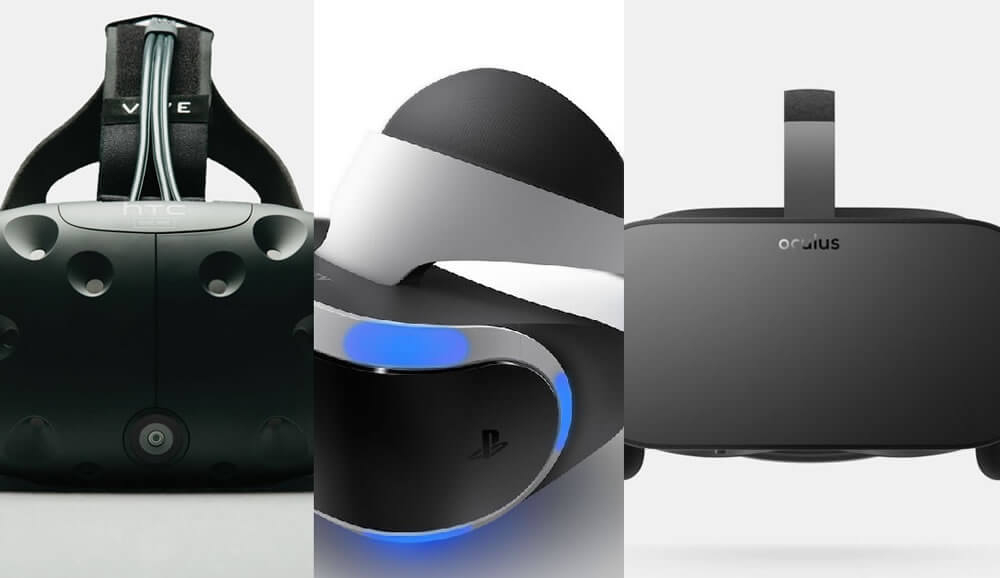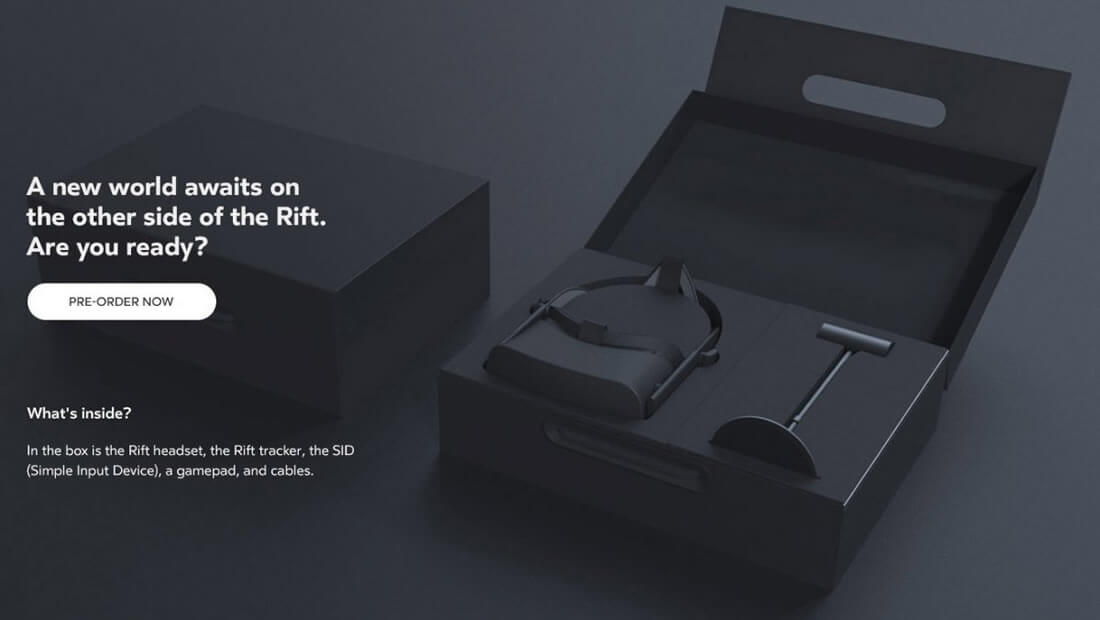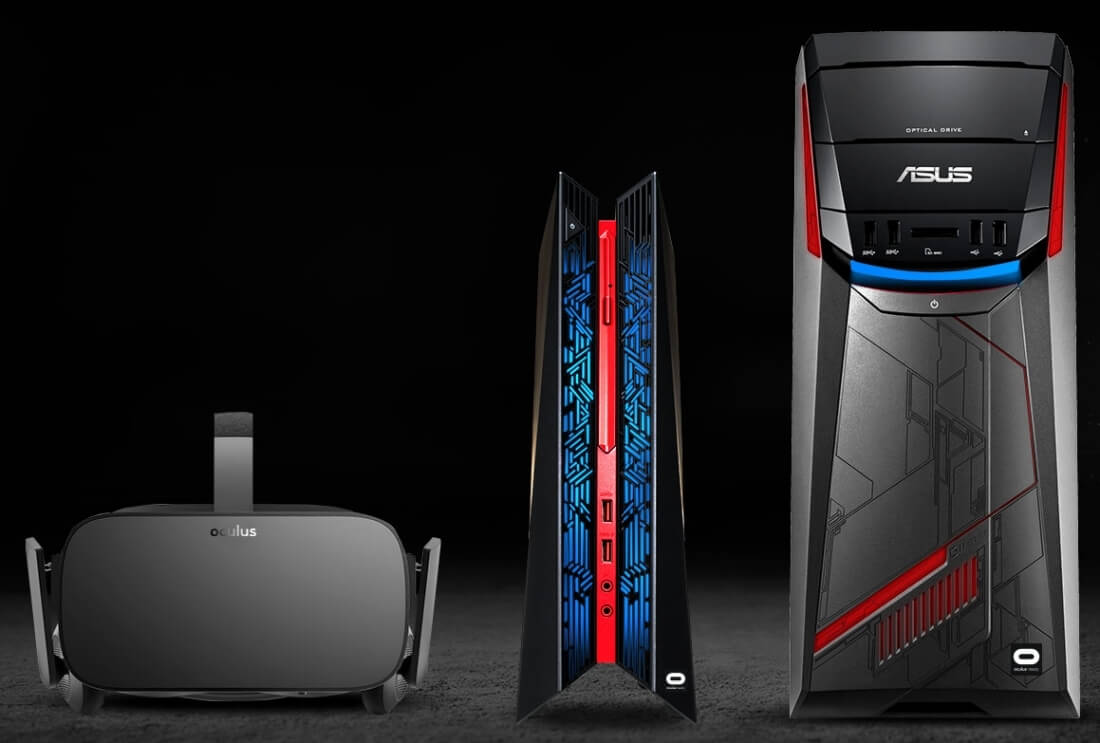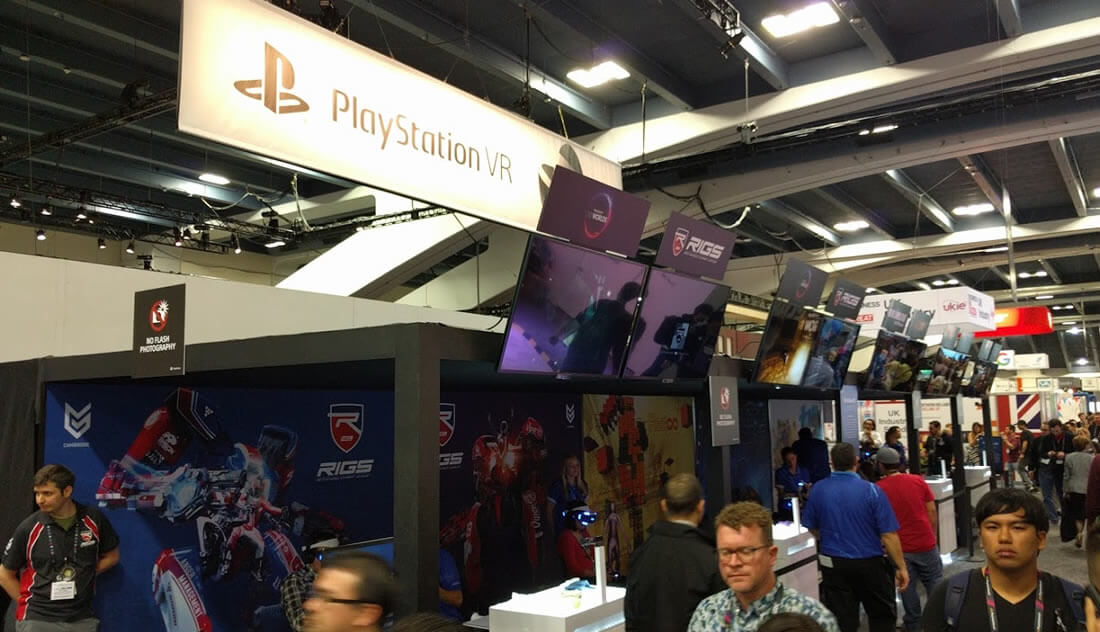Who will win the VR wars?

Oculus vs. Vive vs. Sony vs. Google
VR is everywhere these days. A technology that has been around for over 30 years became mainstream when a small startup company named Oculus developed their first prototype VR headset which they released in 2012. Oculus proved that VR could be affordable, have good latency and offer a high level of technology. The development community jumped on board with Oculus, helping propel them to one of the greatest crowd funding successes in history, to the tune of almost 2.5 million dollars. Facebook took notice, acquired Oculus and their technology for 2 billion dollars, and the rest is history.
But now, many others have stepped up to the plate with VR technology of their own. HTC/Valve, Sony, Google, Samsung and countless other small startup development companies are bidding to ride the VR wave. The question is, will the wave roll and roll and turn into a tsunami, or will it ripple away as consumers start to get a hold of and test these devices?
VR Perception
Personally, I am skeptical not because of the technology, it is awesome, but because of what the general public is willing to accept. All of us, as developers, have widely accepted the technology. You would be hard pressed to find anyone developing visual technology (including us) that doesn’t at least have a first generation Oculus prototype (DK1). Many of us view it as the next logical step in development not just for video games, but for all sorts of visually interactive experiences including simulation, training, medical, etc. Many of our customers are using our products to assist in creating these experiences.

3D TV With Glasses
3D TV’s made waves in the industry only a couple of years ago, but surprisingly died out rather quickly for one simple reason. The general public did not want to continually wear the hardware required to view these displays even though the hardware was just a simple pair of glasses. Complaints from consumers ranged from headaches, disorientation, comfort, and viewing angle, among others. Filmmakers can be even more critical. Just read Walter Murch’s (Oscar winning editor for Apocalypse Now) comments about 3D and you can quickly realize how polarizing of a subject this can be.
It’s All About the Consumer

Oculus Consumer Pre-Order
Whether we as developers like it or not, consumers drive the industry with what they are willing to adopt on a global scale. Will a consumer, who wouldn’t keep wearing their 3D glasses, wear (by comparison) a bulky device on their head that blinds them to their surroundings and immerses them in another world? A world that is separated from those sitting around you? A world that (For a percentage of people) causes motion sickness, dizziness and disorientation? Will they want to wear their VR device for hours at a time while they play their favourite game or watch their favourite movie? Time will tell, and that’s really not what I am here to debate.
It all comes down to who has the best chance to penetrate the consumer market and trigger wide spread adoption. There are 4 main contenders here. Oculus, Vive, Sony Playstation VR, and Samsung Gear (also made by Oculus). All of them have massive marketing power. But, many people don’t think of another critical factor in customer success…install base.
Who Will Win?

Oculus/PC Bundle Options
This is where the Oculus and Vive may struggle. The Vive (at $799US) and the Oculus (at $599US) both require high level desktop computers to run. Add the cost of hardware, and the price can climb between $1500-$2000US for an adequate VR solution. With these costs, install base may be limited to only hard-core gamers or technologists, and not the general public. The Samsung gear is only $99, which is a great price point, but limited to a current-gen Samsung phone (S6,S7 or Note 5) and is limited in quality to the phone’s display. (Sorry iPhone users).
Where things get interesting is with Sony’s Playstation VR. Sony has been quietly flying almost under the radar, hinting at their VR headset here and there, but not as focused on a head-to-head battle with Oculus and the hype machine that has followed. Sony has even been as bold to say that their product isn’t as “high end” as the other devices on the market and that they will be less expensive, however Sony President Shuhei Yoshida is insistent that virtual reality is the way of the future. They recently launched the Playstation VR headset at GDC 2016, where they demonstrated their technology to 1000’s of users, and announced their pricing structure, which included a Playstation Move game bundle.
The Winner of the VR War Will Be?

Sony’s Playstation VR Pavillion at GDC 2016
You see, this is why Sony is going to potentially win the Virtual Reality war. With their install base of over 36 million PS4’s (with no sign of sales slowing down) they have the install base required to make VR a success. The average family is more likely to own a relatively inexpensive PS4 console, then have a high end gaming PC connected to their livingroom TV. They can come out with all the bundles they want for Christmas, they can come out with a PS4 + Playstation VR bundle package for well under $1000 that is attractive to the general consumer, and they can bank on the fact that out of every 100 general consumers you ask, 90% of them already know what a PS4 is. My guess would be that the percentage drops dramatically when you ask what an “Oculus or Vive” is. Finally, Sony has already made it clear that they will control what content is allowed to be displayed on their Playstation VR device, with promises of 60fps performance, among other requirements.
Oculus may have started the virtual reality wave, but it will be Sony that has the best chance to successfully get it into the mainstream consumer’s hands and turn this wave into a tsunami.
Looking to get started on VR and need help developing and creating VR experiences? Check out our services.
